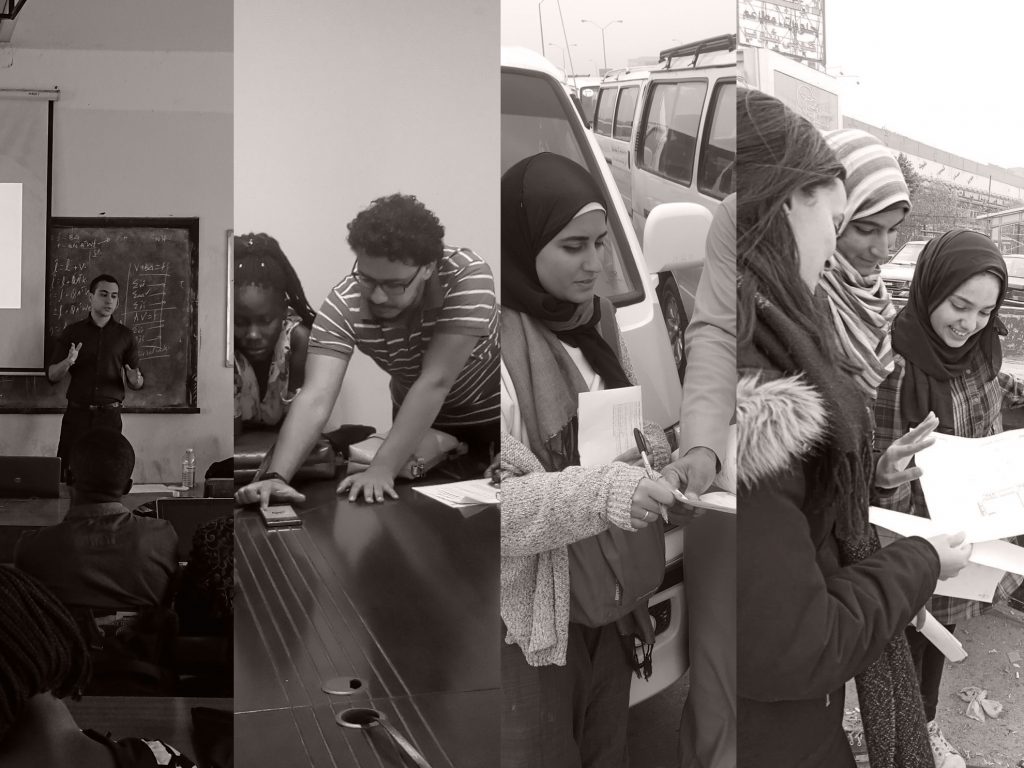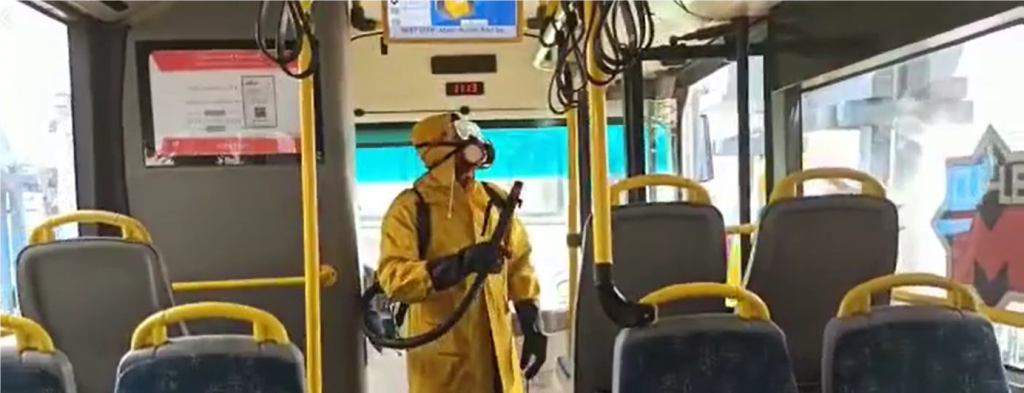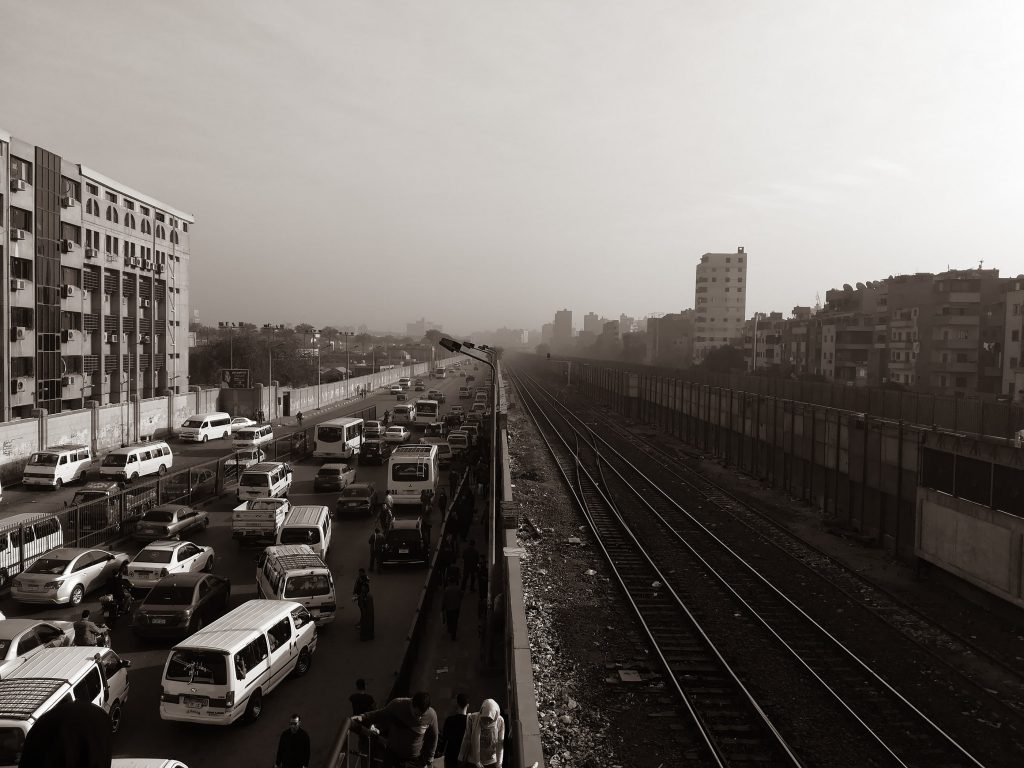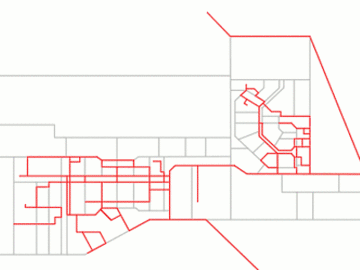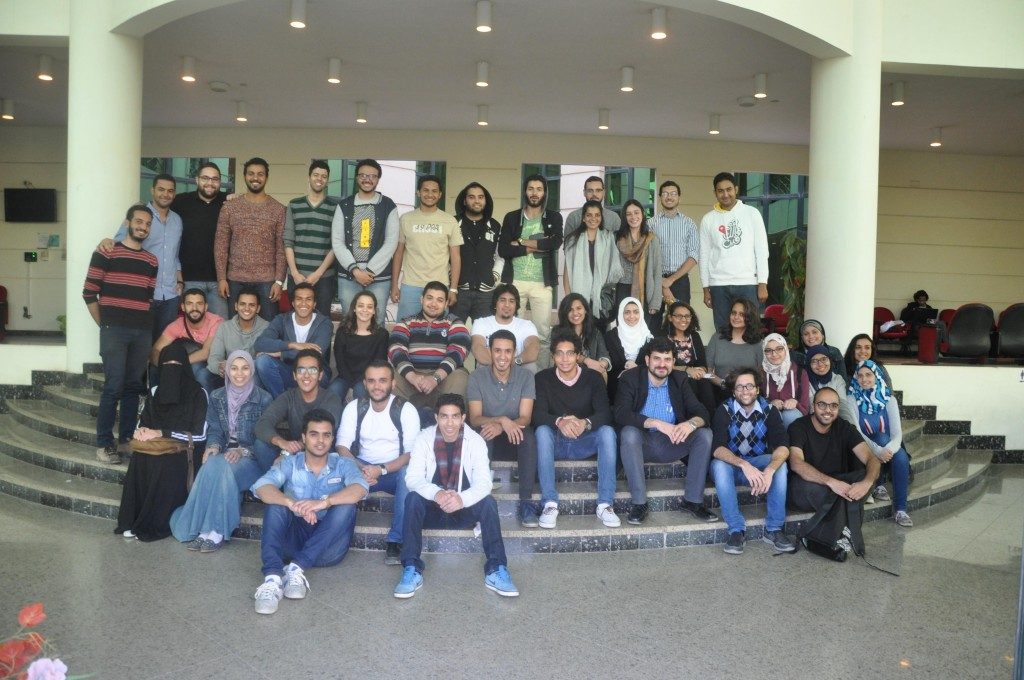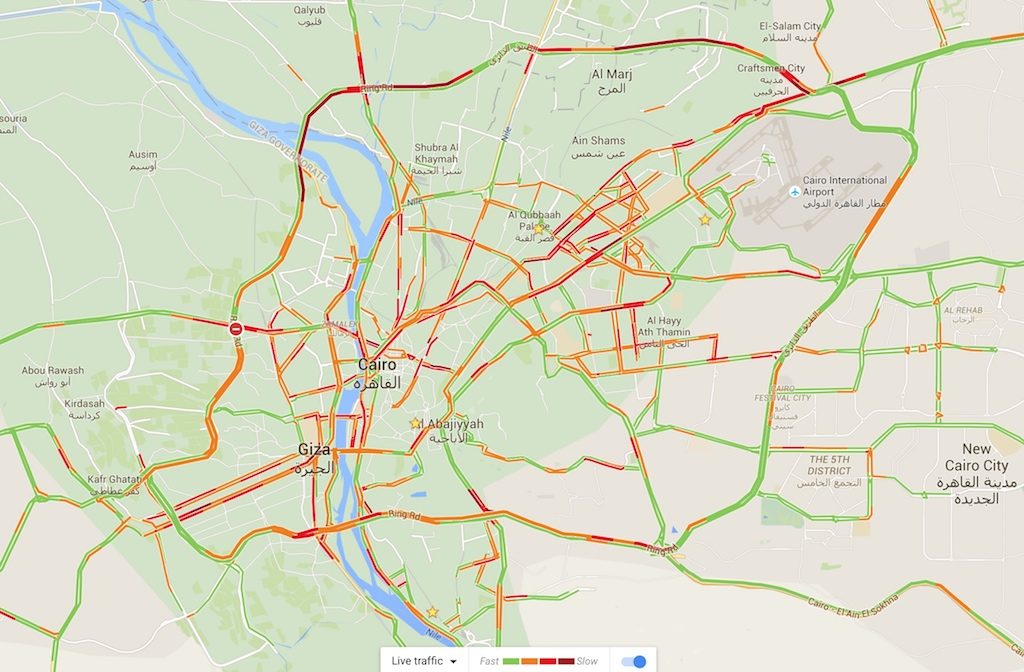Egypt’s foray into Electric Buses
Learning from the E-Bus Implementation & Operation Experiences in Sharm El Sheikh & Alexandria From 6 to 20 November, COP27 hosted over 35,000 participants in the Egyptian coastal city of Sharm El Sheikh. Various Egyptian entities pooled their resources to purchase 140 Electric Buses, which were operated at COP by ACTA, a local joint venture …


